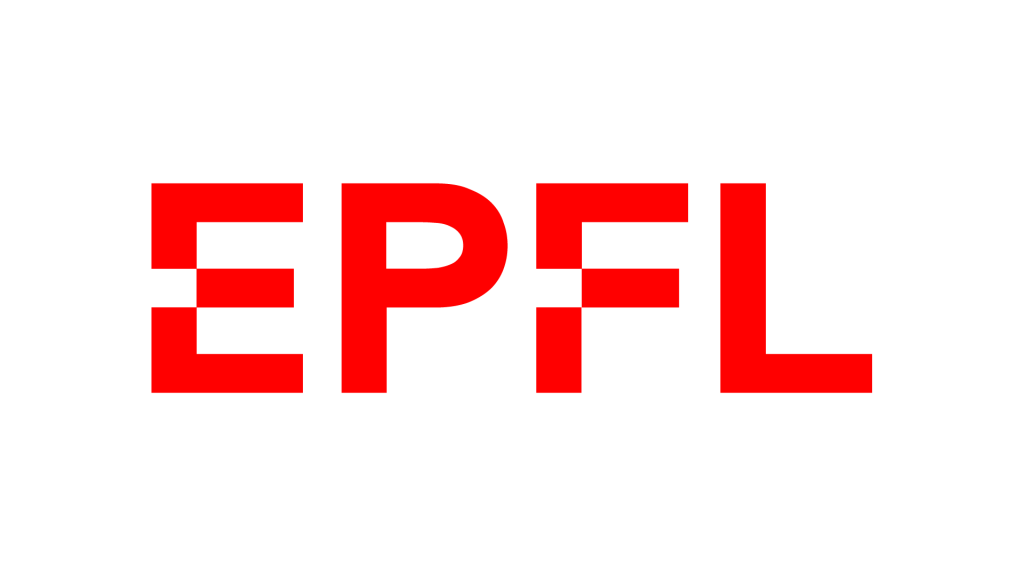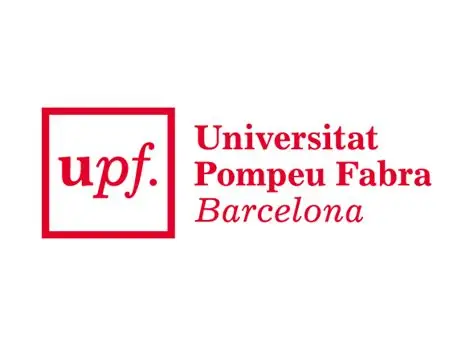Decoder-Free Supervoxel GNN for Accurate Brain-Tumor Localization in Multi-Modal MRI
Brain-tumor localization aims to flag which regions of a brain MRI contain tumor tissue, useful for triage, contouring, and treatment planning, without requiring dense voxel-wise masks. We evaluate this on the BraTS 2025 pre-treatment glioma benchmark using four co-registered modalities (T1, T1ce, T2, FLAIR), a setting where reliable region-level signals are especially valuable because high-quality voxel annotations are scarce and costly.
Most MRI tumor pipelines use encoder–decoder architectures, allocating many parameters to voxel reconstruction. We take a different route: remove the decoder and concentrate capacity in the encoder. Our model, SVGFormer, converts multi-modal volumes into a supervoxel graph: local image patches feed a Transformer-based embedder, while a GNN captures cross-region context. Task-specific heads then localize tumors directly at the node level. With no decoder, every parameter is dedicated to richer feature learning and region-level reasoning.
We achieved strong localization on BraTS 2025, with an F1 ≈ 0.88, ROC-AUC ≈ 0.98, and MAE ≈ 0.03. The approach offers dual-scale interpretability, from graph-level attention down to individual voxel patches, and the decoder-free design channels model capacity where it drives performance.


